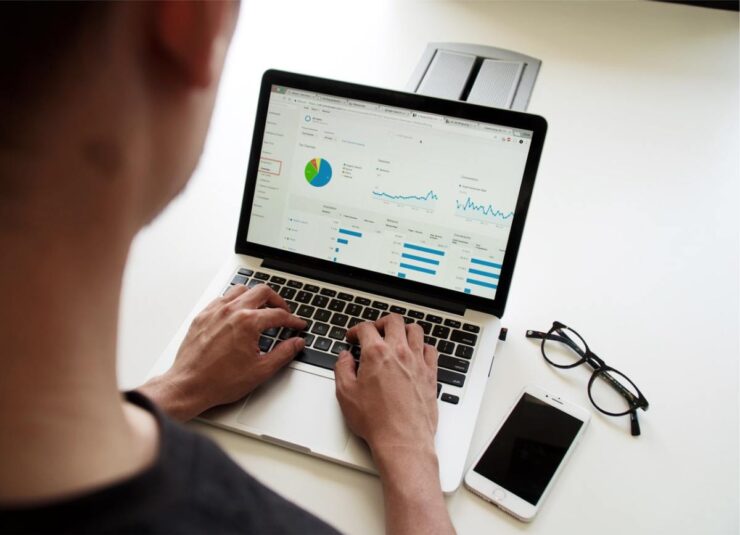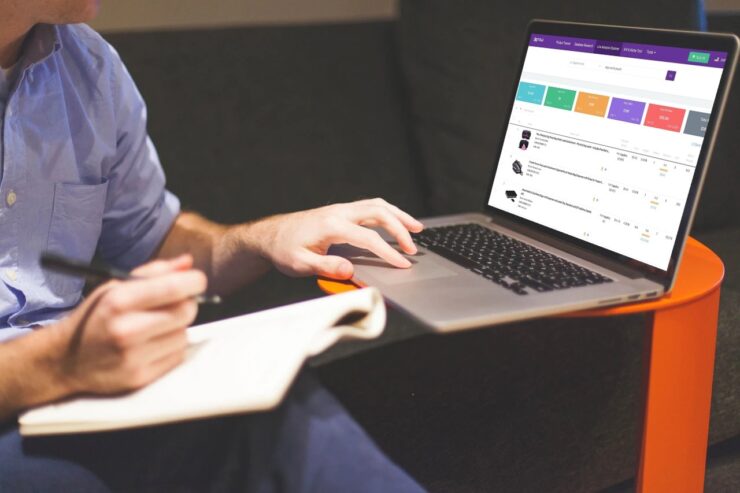Are you an inventor who has ideas that are just bursting to come out of your head but you don’t know how to make them real? Don’t worry – with a little guidance, you can take your invention design ideas and bring them to life!
In this blog, we’ll cover tips to help you make the transition from idea to reality. Let’s get started!
Research Your Product Idea

When you first have a product invention idea, it’s important to do some research to see what similar products are currently available. This will help you determine whether or not your idea is truly unique and whether there’s a market for it. Additionally, this research can give you insights on how your proposed design should work as well as how it could be improved or enhanced.
Before starting any design process, you’ll want to make sure that your invention does not infringe on any existing patents or copyrights. Record any information related to the research of your product, including the original product designs that influenced yours and dates of findings. This can help prove that you developed the initial concept independently of others’ work if needed in the future. Additionally, collect all visual aids and references that could be valuable while designing your product such as photos or drawings of existing products. Another thing that can help you with the research is patent services that can help you with your idea.
Once the basics are understood and access to design software is available, start sketching out ideas for your new invention with pencil and paper. Visualizing various shapes and forms helps to ensure a properly designed build from the start; 3D-printing these sketches can provide further insight into physical engineering beforehand. Don’t worry about making mistakes while sketching top-level ideas; once initial concepts are understood better developed CAD models will replace harsher initial prototypes so refining is part of the process!
Develop a Prototype
Developing a prototype of your invention design can be an essential step in the process of getting your new product to market. Having a physical version of your product that demonstrates its appearance, size and function can help you to improve the design, identify potential issues and attract potential investors.
When developing the prototype, be sure to focus on:

- Design: This includes size, weight, shape and aesthetics. Test out several variations of each component and look for feedback from testers.
- Materials: What kind of materials should you use for different components? Consider factors like safety, cost effectiveness and company brand.
- Construction: How will each component fit together? Use digital designs or physical models that demonstrate how each piece will fit into the finished whole.
- Functionality: Focus on making sure that your prototype functions safely and efficiently. Test it out with several different scenarios to make sure it works properly in different conditions.
- Lifespan: Will the finished product have an adequate lifespan for its intended purpose? Factor in the quality and durability of the components used as well as any environmental conditions that could affect its performance or longevity over time.
Secure Funding
It is not enough to come up with an innovative product idea and design. The next step is to secure the funding you will need in order to bring your ideas to life. When you’re seeking funding for a new invention, you’ll need a business plan and often an investor presentation before engaging potential investors and funders.
Your business plan should outline the objectives and goals of your project, describe the process of bringing the product to market, provide information on what makes it unique, explain how it will generate revenue, and detail all of your financial projections and plans. It should also include information on any prior prototypes or tests conducted with regard to the product’s performance.
Once you have a compelling business case outlined in a written document, creating an oral presentation can supplement it as well as provide a more interactive experience when engaging potential investors or funders. You may choose to incorporate visual aids in your presentation such as animations or photographs that demonstrate how your invention works in action. Regardless of whether or not you use visual aids, it’s important that you make sure your presentation gives a complete overview of the potential financial return for any investor interested in getting involved.
Test Your Product

Testing your product is a critical step in the process of turning your invention design ideas into reality. During the testing phase, you’ll be able to see if your product is functional and solve any issues it may have before it’s finalized.
The goal of product testing is to identify flaws and make improvements. Testing should be done in a controlled environment that promotes creativity and accuracy with real-world applications. Depending on how complex or simple your idea is, there are several ways to conduct testing that can provide valuable feedback, such as focus groups, interviews, surveys, prototypes, alpha/beta tests and usability tests.
- Focus Groups: Gather a group of people with varying backgrounds who can provide honest feedback about the product concept based on their own experiences.
- Interviews: Interview potential customers about what they want from an invention similar to yours before beginning the design process; this will help you create something with value that people are looking for.
- Surveys: Once you have created a prototype or version of your idea, distribute surveys to collect data about its features and performance levels compared to competing products or services in its industry.
- Prototypes: Choose several users or customers who fit into a specific target market to evaluate an actual working prototype or early version of the concept design. After receiving their feedback, adjust the design where necessary before making any major production investments or sales efforts.
- Alpha/Beta Tests: Allow alpha testers (existing users) or beta testers (potential new users) to actually use a finished version of the product for various periods of time with set parameters for collecting meaningful data; this could include feedback on ease-of-use and general satisfaction levels with how well the product works as intended by its inventor(s).
- Usability Tests: Conduct usability tests on products prior to market launch so that any changes needed for improved operation can be addressed beforehand; this also gives developers a chance to observe end-users when interacting with their product in action.

